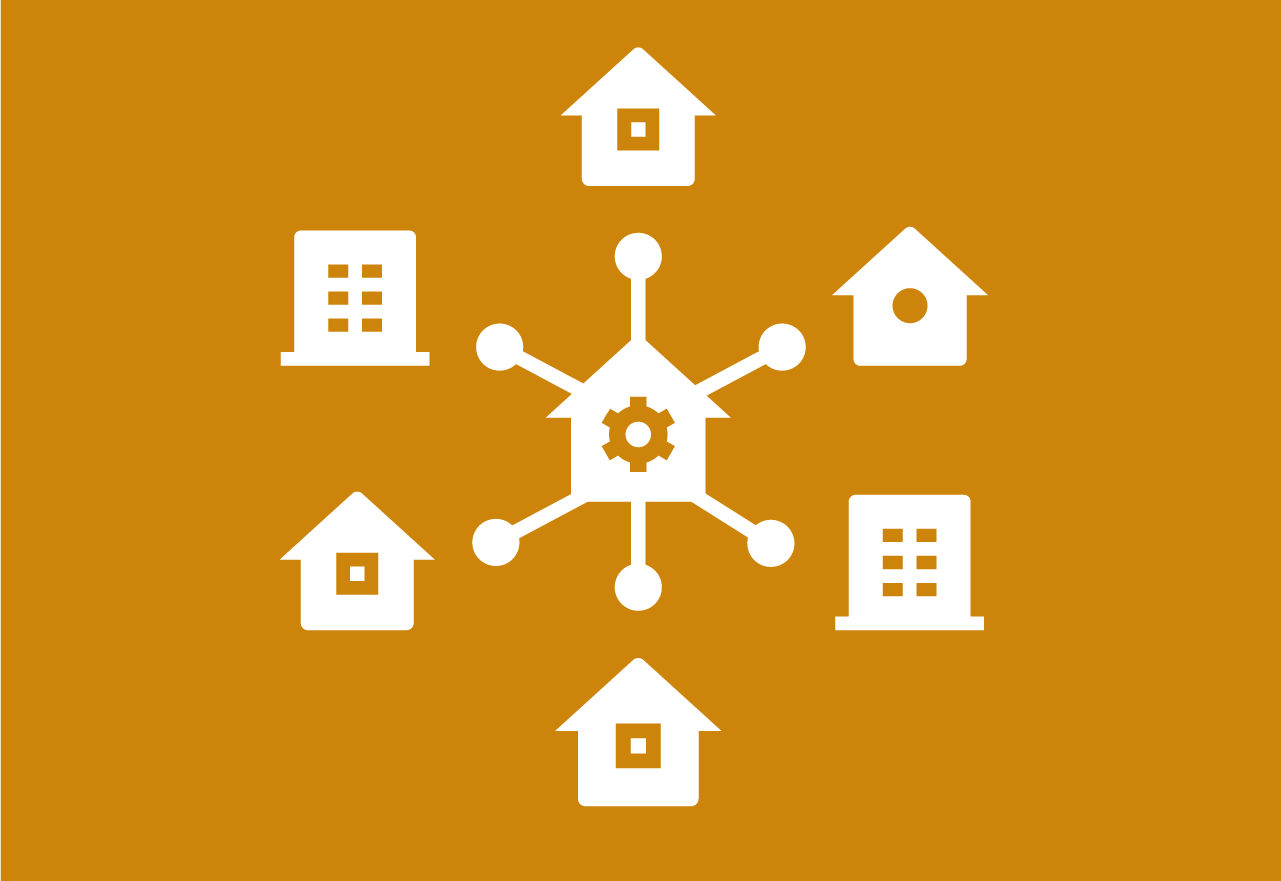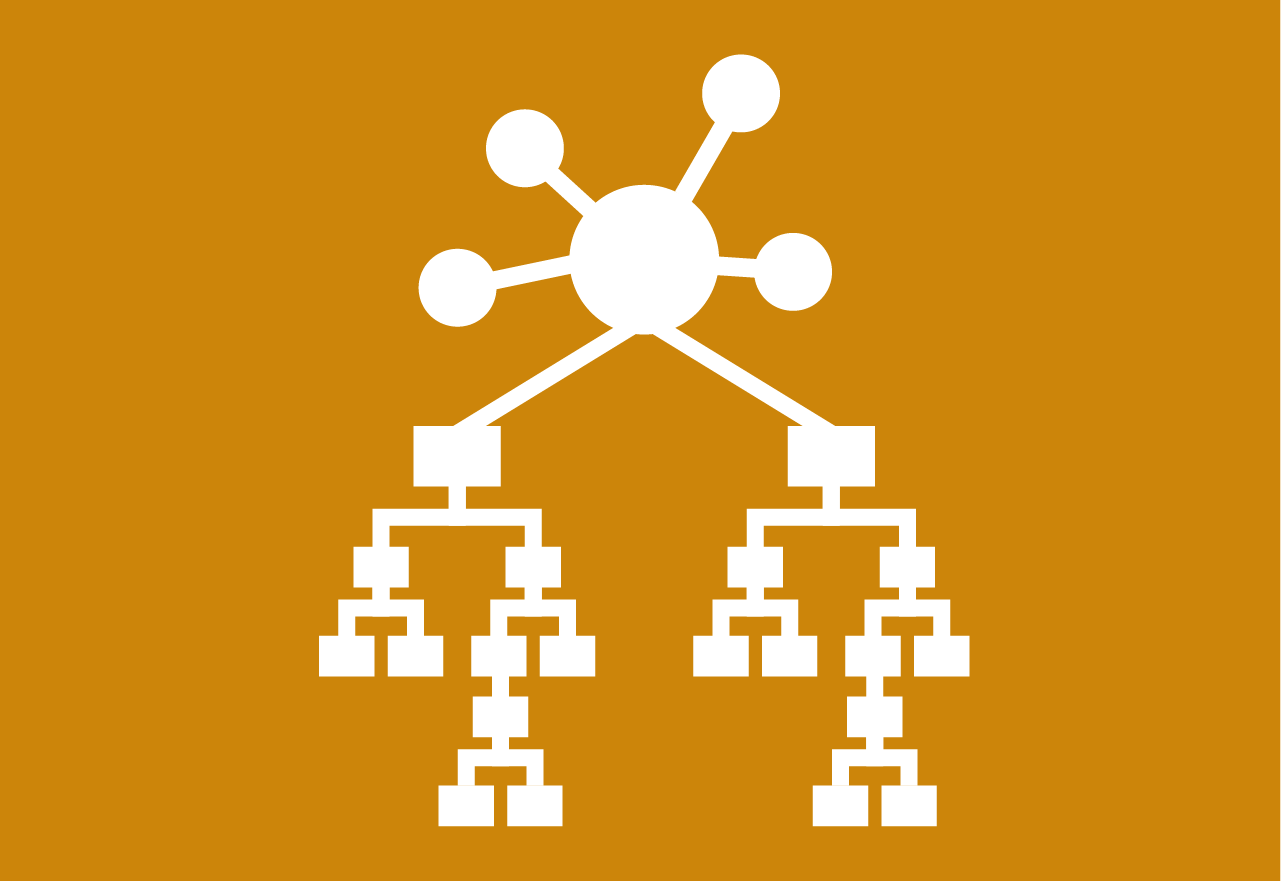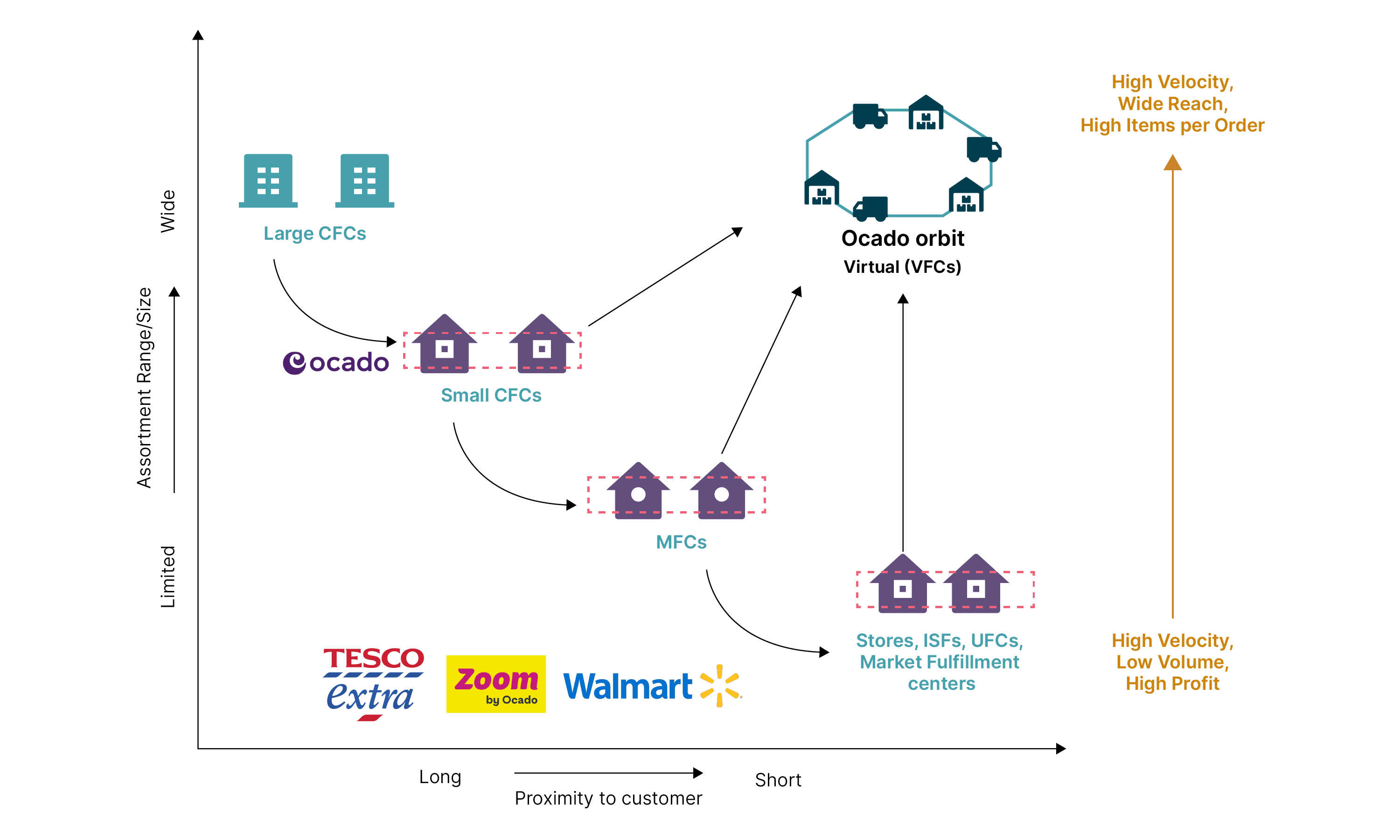As retailers continue to focus on growth, planning assortment for Omni-channel customers is a big challenge. Customers expect their purchases to be completed seamlessly and frictionlessly. But in reality, customers are forced to create multiple orders for different product types, stores, brands and so on. This gets even more complex if they need some products delivered home and others to be picked up in-store. Some products weren’t available at all, and some others couldn’t be delivered on time due to lack of Omni-channel assortment planning
This scenario is not an exception but the rule. Retailers are forced to offer restricted product listing and limited fulfillment options due to the lack of a modern omnichannel assortment system.
Simply put, omnichannel assortment is about selecting the right range or mix of products for different fulfillment modalities such as Stores and Fulfillment Centers to meet various needs.
It can be understood through three key pillars: the nature and shape of assortments, the relevance of products in an assortment and the technology that drives and organizes an assortment.

Nature and shape of assortment
- New assortment taxonomy
Interconnected ecosystem of nodes
Assortment of Assortment (AoA)
Virtualization
Balancing omnichannel network growth (nodes) and cost to serve

Relevance of products in assortment
Localized, customer-centric, real-time science
SKY proliferation and dynamics
Evolving new space-aware attributes
Unified channel and supply chain integration
Balancing SKU proliferation and rationalization, aligning with evolving customer behaviour

Technology driving assortment
Digital node - microservices, cloud, API
Real-time collaborative planning
Insights-led automated decision making
Emerging tech - IOT, digital twin
Balancing BAU and new product or strategic growth planning
Nature and shape of the assortment
The assortment journey is no longer linear; the emergence of different types of fulfillment centers — customer fulfillment (CFC), micro-fulfillment (MFC), for example — means there are lots of ways that orders can be processed. This demands an ecosystem of nodes that can power multi-level, interconnected relationships as well. For example, UK supermarket Tesco is converting the extra space in a store into an urban fulfillment center (UFC). Online grocery company Ocado, meanwhile, is going one step further to create orbits of virtual assortment space across nodes. To balance these diverse omnichannel networks of nodes, cost-to-serve will be critical.
Relevance of products in the assortment
McKinsey has found that executives expect 50% of global revenues to come from products, services and businesses that don't exist today by 2026 [1]. The proliferation of marketplace suppliers, substitute products and ever-growing SKUs add another layer of complexity.
To deftly manage this, each node needs to be customer-centric, localized and integrated across channels and supply chain functions. Retailers need to dynamically rationalize the SKUs, balancing unsold inventory and new SKU allocation
Technology-driven assortment
As planning needs become more granular and dynamic, retailers cannot afford to continue with legacy assortment systems. Assortment lifecycle management demands digital technology transformation for greater agility and flexibility.
By modernizing your platform using cloud, microservices, APIs and data-driven insights you can transform what was previously a monolithic system into a modality-agnostic growth engine. Digital innovation in the space of IOT, digital twin and advanced simulations can also be explored to improve efficiency and optimize your supply chain. Balancing tactical automation and innovation-led strategic planning will drive the future of assortment.
Why are the existing assortment systems breaking and not scalable?
Existing assortment systems are built around two major channels: Stores and fulfillment centers. The operating models, scenario planning and technology foundation for each of these are geared toward different business outcomes, configurations, attribute dimensions and customer demands.
Operating models
Store operating models are designed to meet the specific needs of the market and demographic. As a result, the assortment levels are defined from cluster to stores to Planogram (POG). A fulfillment center, on the other hand, caters to a wide spectrum of markets and demographics. So, the assortment levels tend to be:
CFC→MFC→ISF
Large CFC→small CFC→ MFC
Stores→UFC
This poses two critical challenges. One, the existing assortment hierarchy does not support new modalities. And two, gaps in the existing assortment data model are unable to accommodate CFC/digital fulfillment-specific attributes.
Data-driven scenario planning
Stores use traditional templates with limited variations, resets and attributes, confined to a limited set of planogram space. Fulfillment centers with varied size and space allocation demand broader and more diverse pick up scenario-based planning. . They add further complexity withmodality/space/location-specific attributes such as operations, shipping, storage and logistics. For example, you can build flexibility around micro fulfillment center based planning against in-store fulfillment centers, because each demands different space and fulfillment objectives.
Technology foundation
The technology in stores is designed to be channel-specific with point-to-point integration. This leads to disconnected planning. For fulfillment centers, existing store assortment planning is tactically scaled up to support new fulfillment center expansion. The monolithic or rigid systems hinder scalability, flexibility, real-time integrations, etc. More importantly, they do not follow a data-driven approach.
What are the key ingredients of the north star omnichannel assortment platform, and how to approach it?
Building an omnichannel assortment requires a fundamental change in organizational alignment, cultural mindset and approach. Here are some ways to get started.
Insights-led customer-centric planning
The key to success is a machine-led approach to strategic assortment planning across modalities, with recommendations from multi-dimensional analysis leveraging product affinity, substitution, customer decision tree and demand transfer models. This needs to be built on the foundation of streamlined customer and omnichannel insights around well-defined KPIs.
Modality-agnostic scalable platform
All your systems across different modalities and processes need to be streamlined and standardized — this will drive dynamic planning. This means the new platform must provide flexibility with regard to scenario planning as well as simulation features that can help you optimize outcomes. For example, if you perform MFC assortment planning using specific space dimensions, supplier networks, market constraints and demos, you will be able to create a more effective tailored plan than large CFCs or stores.
Business-outcome driven plans
The omnichannel network needs to be optimized to cater to a wide range of target segments. The range and depth of assortment must be decided based on the size and proximity of the customer. Overall, omnichannel assortment plans need to drive business outcomes such as volume, sales, coverage, order size or profitability.


The above diagram offers an example of what this might look like. The omnichannel network of nodes is spatially designed to cater to a wide range of target segments. The range and depth of assortment proportionally depend on the size and proximity of the customer. It helps drive outcomes such as volume, sales, coverage, order size or profitability.
Orchestrated workflows
When you are integrating key functions like supplier, item, price, inventory and supply chain you need a balanced approach.. Orchestrating cross-domain workflows like setting up new items, negotiating with suppliers, inventory, sales and operational planning in real time (if possible) are essential if you are to ensure speed to market.
Automated business decisions
In our experience, around 60-70% of the time is spent on tactical, mundane business-as-usual tasks. Automation in areas like decision tree generation, cluster management, approvals, assortment plan creation etc., leveraging AI/ML models will be the future.
Real-time dynamic optimization
Assortment planning is an ongoing process demanding dynamic optimization. Retailers can achieve this by infusing real-time insights like inventory turnover, sell-through rate, etc., aligning with customer-centric, localized needs.
Conclusion
There have been numerous investments and innovations going on with automation of fulfillment centers leveraging robotics, AI, Digital Twin and so on. There has also been greater emphasis on new business model evolution, last mile delivery partnerships and private label explosion. But, there has not been much acceleration or innovation explored yet in the field of what, where and how exactly the Omni-channel Assortment needs to be carried out. While AI led science seems to be an obvious solution to most of the problems being dealt today, Assortment is an iterative process that demands more than just science to drive well orchestrated business workflows and integrated planning that needs to align with overall merchandising transformation and enterprise customer initiatives.
Disclaimer: The statements and opinions expressed in this article are those of the author(s) and do not necessarily reflect the positions of Thoughtworks.


















